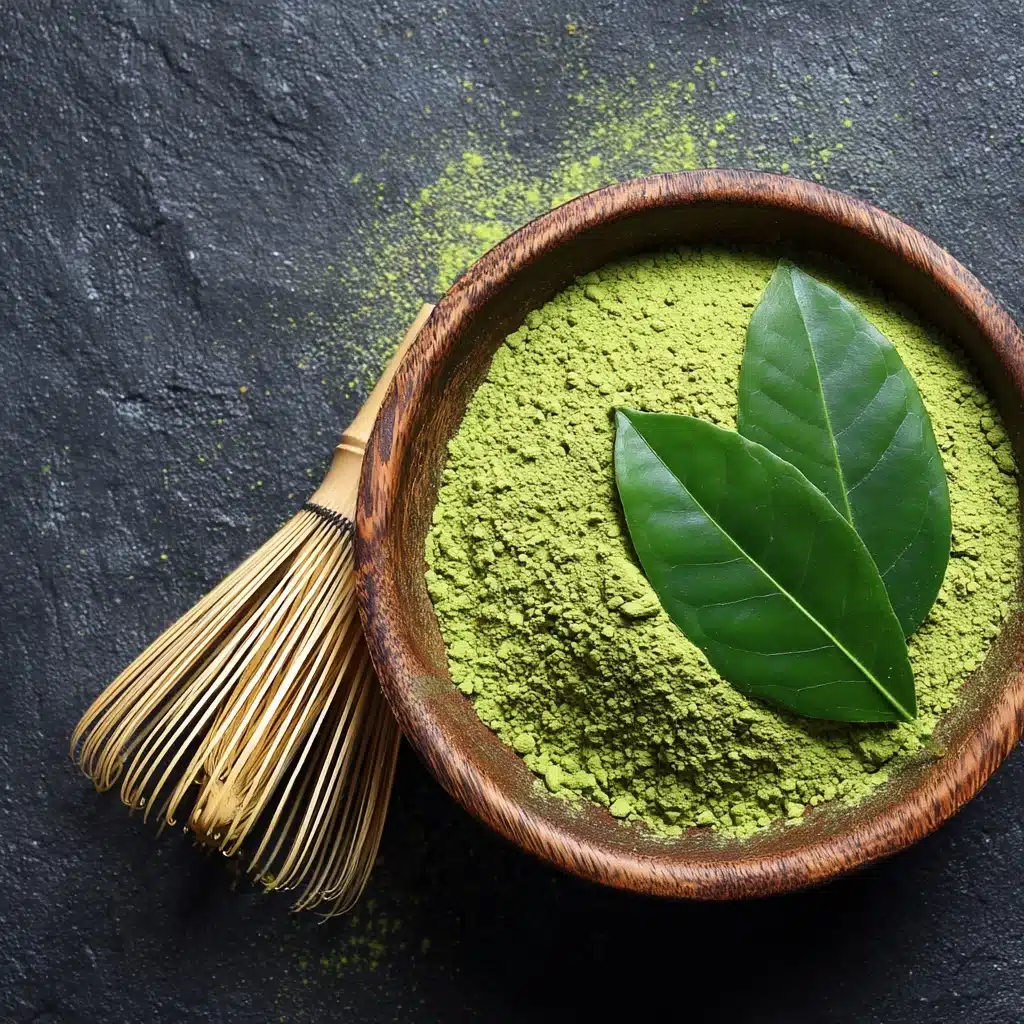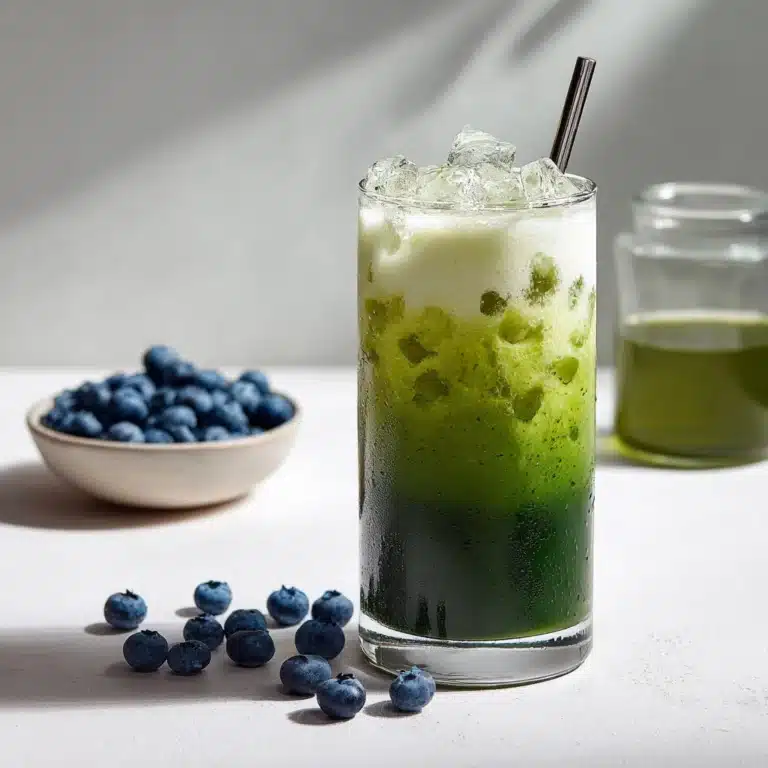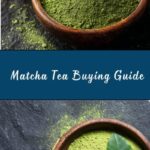Matcha Tea Buying Guide is the sort of resource I wish I had back when I was overwhelmed by all those mysterious green powders on the shelves! This guide will lead you through every important detail to consider when shopping for matcha, so you can confidently pick the finest, freshest, and most flavorful option for your needs. Whether you’re a matcha lover ready to upgrade or a total beginner, prepare to unlock daily rituals that taste as beautiful as they look and feel.
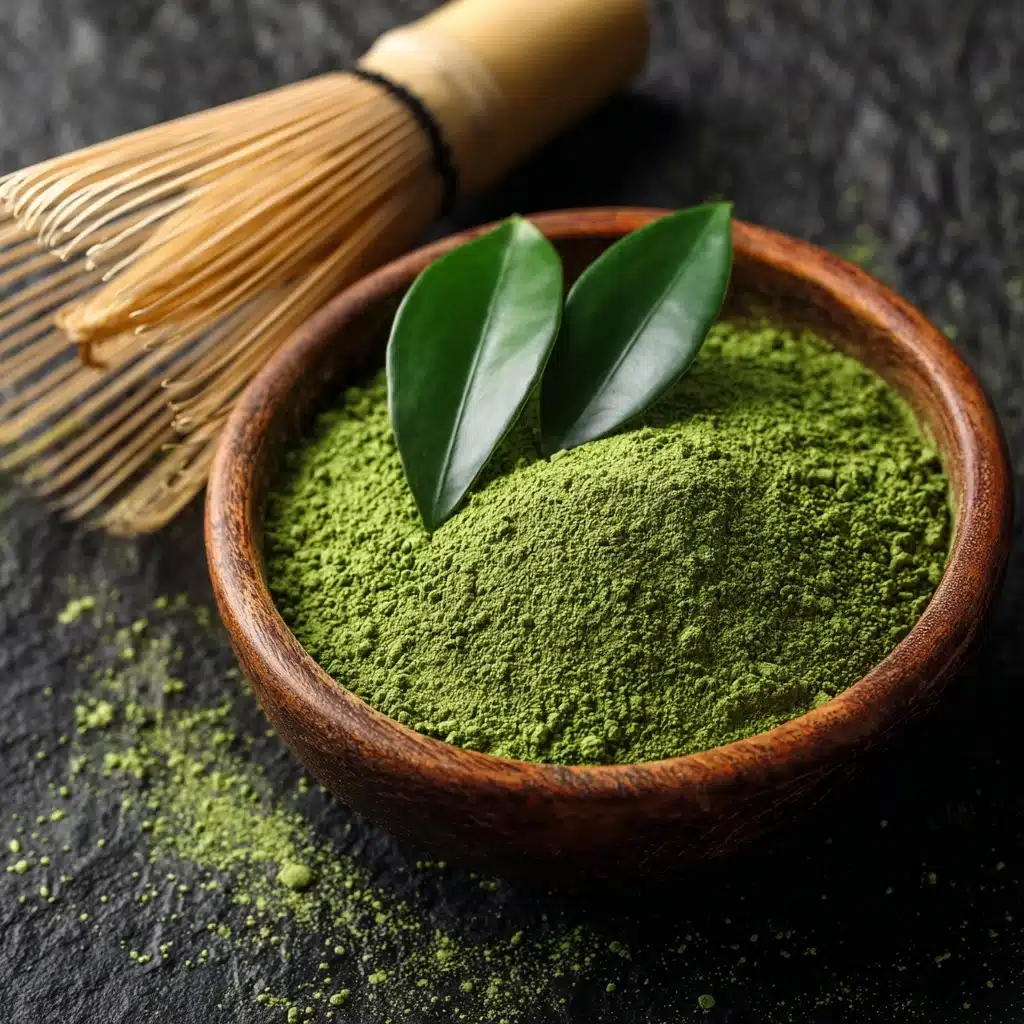
Ingredients You’ll Need
-
Not applicable—this is an informational guide to selecting quality matcha tea.
How to Make Matcha Tea Buying Guide
Step 1: Understand Matcha Grades
Let’s start with the matcha basics. Matcha comes in several grades: ceremonial, premium, and culinary. Ceremonial grade reigns supreme, shining with a sweet, mellow flavor and a lusciously creamy mouthfeel, perfect for sipping straight. Go for premium if you want quality (it’s fantastic in lattes and everyday rituals), while culinary grade is your go-to for baking or recipes where matcha is blended with other flavors.
Step 2: Check the Color
Quality matcha is almost shockingly green—think fresh spring grass or emerald gems. Dull, brownish, or yellow-tinged powders are often older or made with lower-quality leaves. Color offers an instant clue to flavor and nutritional value, so let your eyes guide you toward the freshest batch.
Step 3: Consider Origin
Japanese regions like Uji, Nishio, and Shizuoka are legends in the world of matcha. Tea from these areas carries a whisper of centuries-old expertise and terroir. Always check the label for origin—it’s one of the quickest ways to ensure authenticity and elevate your matcha experience.
Step 4: Packaging Matters
Once picked and ground, matcha is surprisingly delicate! Look for airtight, opaque tins or re-sealable bags that fend off air, moisture, and light. Good packaging signals a producer who cares—your matcha will taste fresher, and you won’t end up with a sad, stale powder after a few weeks.
Step 5: Freshness First
Buy the smallest size that fits your routine and check the expiration date—fresh matcha makes all the difference. If you have a favorite, buy more frequently rather than storing too long at home. A fine-mesh sifter helps your matcha brew up lusciously smooth, without lumps too!
Step 6: Price as a Quality Cue
Bargain matcha can be tempting, but good matcha requires painstaking attention to detail and often a higher price tag. Spending a little more yields deeper flavor, richer color, and more antioxidants per scoop. Trust your taste buds—true quality is worth every sip.
How to Serve Matcha Tea Buying Guide
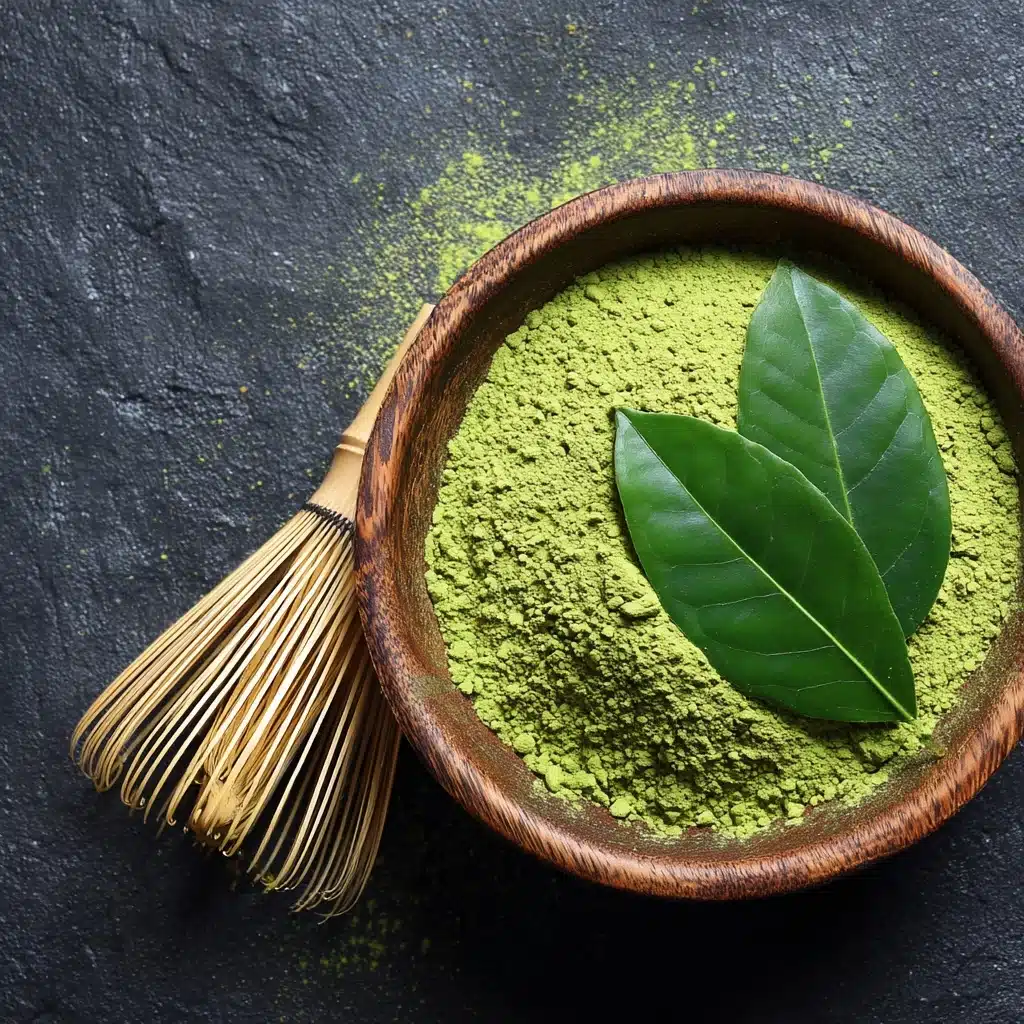
Garnishes
Once you’ve found your perfect matcha, showcase it with elegant touches—a sprinkle of floral petals, a light dusting of extra matcha, or even spiraled citrus peel. These tiny details highlight the vibrant green and whisper “special” to every guest (or just yourself!).
Side Dishes
Matcha goes beautifully with light snacks: delicate tea cookies, mochi, or even buttery shortbread to balance its vegetal character. If you’re serving a crowd, a Japanese-inspired tea assortment is always a charming touch with your Matcha Tea Buying Guide picks as the centerpiece.
Creative Ways to Present
Serving matcha in transparent glasses lets that electric green color truly shine. Or, try layering it in parfaits and desserts for a bold pop of color! The Matcha Tea Buying Guide is the perfect excuse to experiment—think matcha lattes with artful foam swirls, or vibrant shakes in chilled mason jars.
Make Ahead and Storage
Storing Leftovers
Store your matcha stash in a cool, dark spot—many enthusiasts swear by keeping it in the fridge after opening. Remember: always reseal well after each use to lock in maximal freshness and preserve that grassy aroma.
Freezing
While it’s not common practice, you can freeze matcha to extend its shelf life further. Just portion it into airtight containers and allow it to reach room temperature (sealed) before opening, so condensation doesn’t spoil your precious powder.
Reheating
Matcha doesn’t require reheating—but always sift before each use, whether you’re brewing or baking! If using matcha in a recipe, simply add it as directed and enjoy as if fresh.
FAQs
What is the difference between ceremonial and culinary grade matcha?
Ceremonial grade matcha boasts the brightest color, finest texture, and silkiest, most nuanced flavor—perfect for simply whisking with water and sipping. Culinary grade, while still flavorful, is best suited for cooking, where its more robust and sometimes earthy notes can hold up to other ingredients.
Does matcha expire or go bad?
Yes! Matcha is delicate and its flavor and nutritional power fade over time. Always check for “best by” dates and, once you open your package, aim to use it within a couple of months for the brightest, freshest results.
How can I tell if matcha is high quality just by looking at it?
High-quality matcha practically glows with an electric, vivid green color. It should be super-fine—almost like talcum powder—which ensures a smooth beverage every time. Avoid dull, clumpy, or yellowed powders if you want the best cup possible.
Where should I buy matcha for the best quality?
Trusted specialty tea shops or reputable online retailers that clearly list the region, grade, and harvest dates are your best bets. The Matcha Tea Buying Guide can help you decode all these details to ensure you never wind up with low-quality tea.
Is it worth paying more for Japanese matcha?
Absolutely! Japanese matcha is renowned for its superior cultivation, processing, and flavor profile. While you might spend a little more, every sip reveals the difference. Our Matcha Tea Buying Guide strongly recommends it for the most authentic experience.
Final Thoughts
If you’ve ever felt a little lost shopping for matcha, I hope this Matcha Tea Buying Guide lights a clear, delicious path to your best cup yet! Dive in, explore a few varieties, and let each sip inspire you to savor every soothing ritual ahead.
Print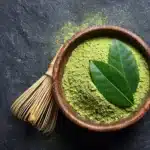
Matcha Tea Buying Guide Recipe
- Total Time: Not applicable
- Diet: Vegan, Gluten-Free
Description
Discover how to choose the best matcha tea with this comprehensive buying guide. Learn about different grades, factors to consider, and tips for selecting high-quality matcha powder.
Ingredients
Not applicable—this is an informational guide to selecting quality matcha tea.
Instructions
- Understand Matcha Grades:
Ceremonial Grade: Highest quality, vibrant green color, smooth and delicate flavor. Best for traditional tea preparation and drinking straight.
Premium Grade: Slightly lower quality than ceremonial but still bright green and suitable for daily consumption and lattes.
Culinary Grade: More robust and bitter, ideal for cooking, baking, and making flavored beverages. - Check the Color:
Look for bright, vivid green matcha, indicating fresh and high-quality leaves. Dull or yellowish green suggests lower quality or older powder.
- Consider Origin:
Authentic matcha comes from Japan, primarily from regions like Uji, Nishio, and Shizuoka, known for producing premium matcha.
- Packaging:
Matcha should be stored in airtight, opaque containers to protect from light and air. Look for resealable tins or bags.
- Freshness:
Purchase small quantities and check expiration dates. Fresh matcha is best consumed within a few months of opening.
- Price:
Higher quality matcha commands higher prices. Avoid very cheap matcha, which often lacks flavor and nutrients.
Notes
- Store matcha in a cool, dark place or refrigerator after opening.
- Use a fine mesh sifter before whisking to avoid clumps.
- Choose matcha based on your intended use (drinking vs. cooking).
- Prep Time: Not applicable
- Cook Time: Not applicable
- Category: Guide, Buying Tips
- Method: Not applicable
- Cuisine: Japanese
